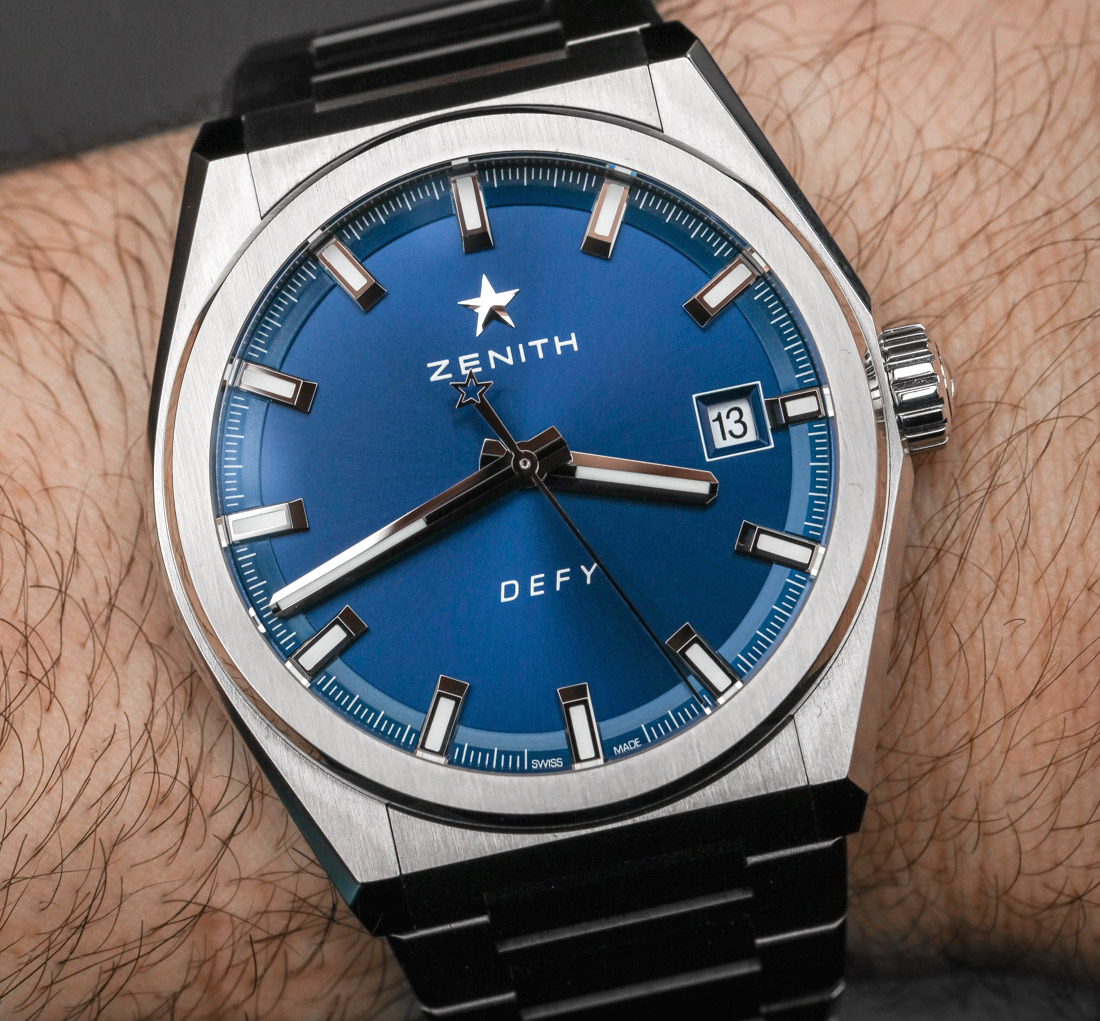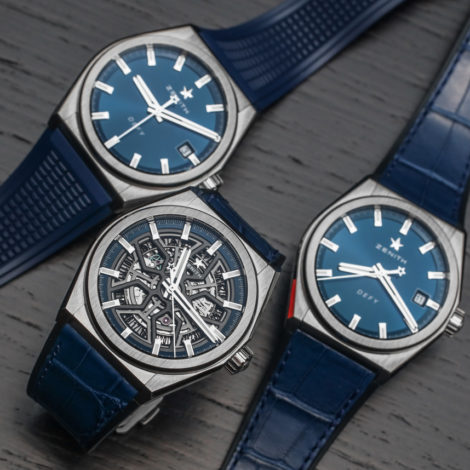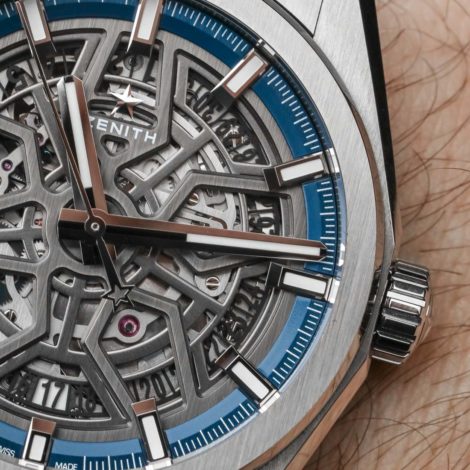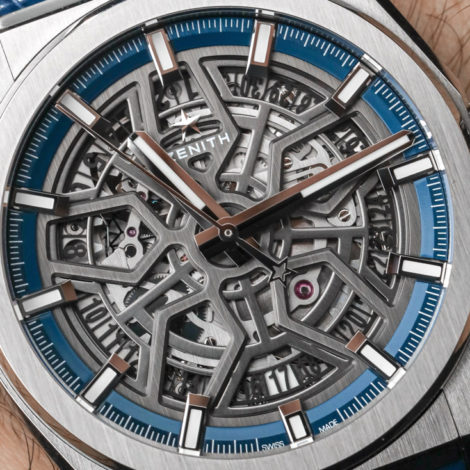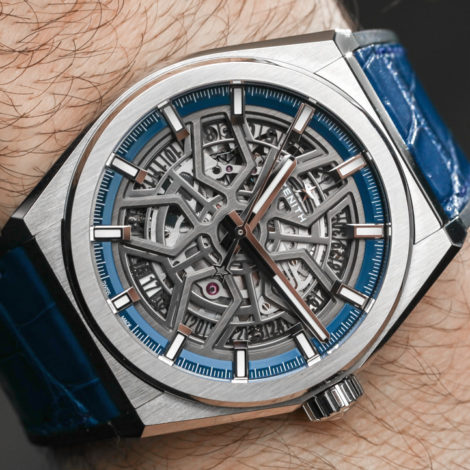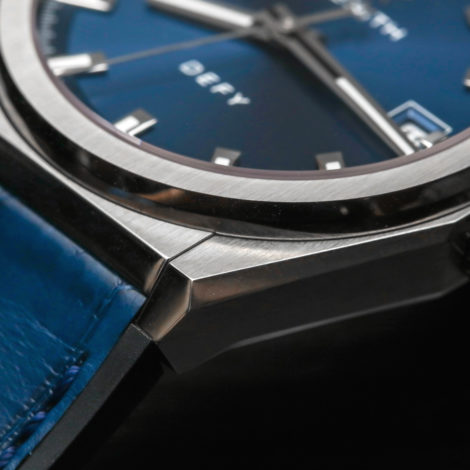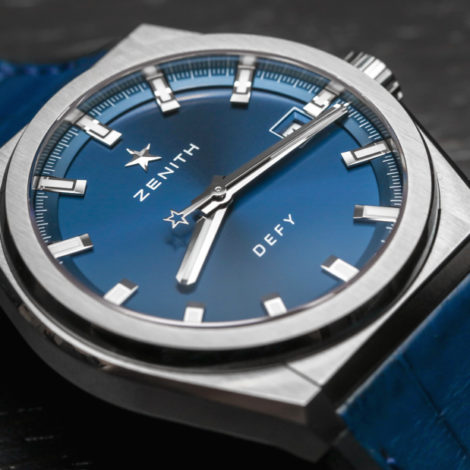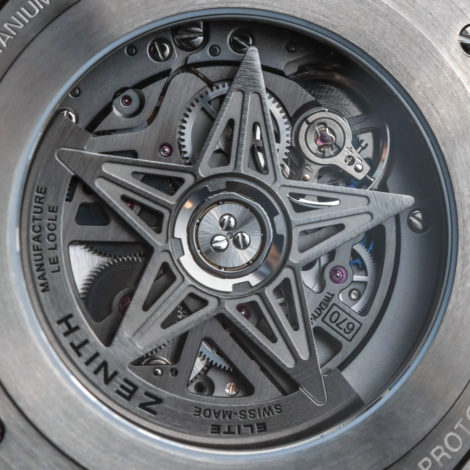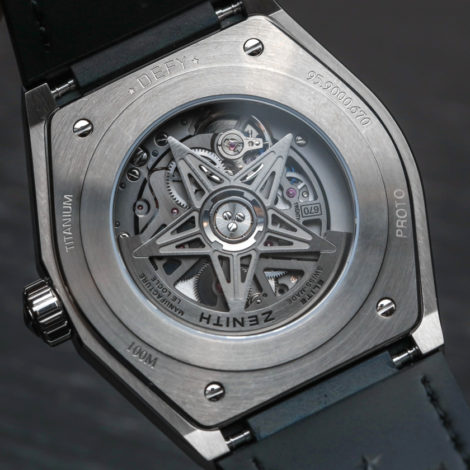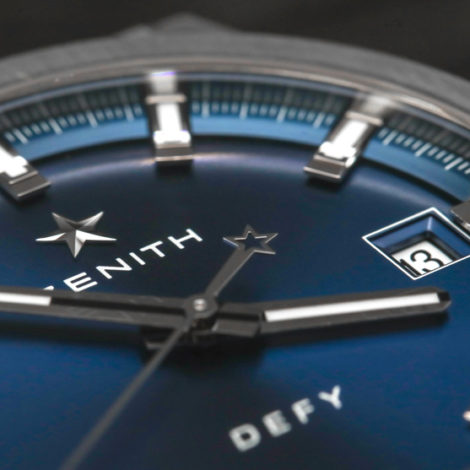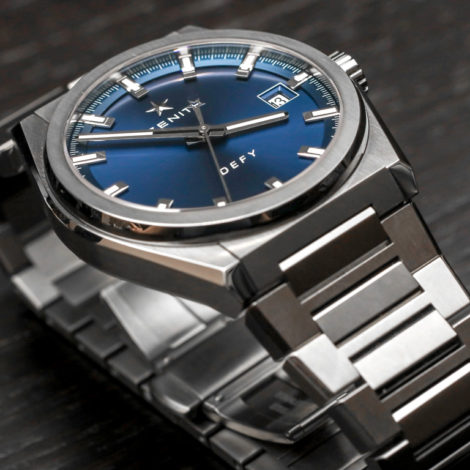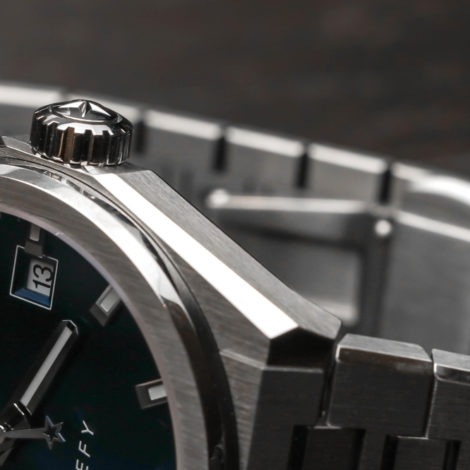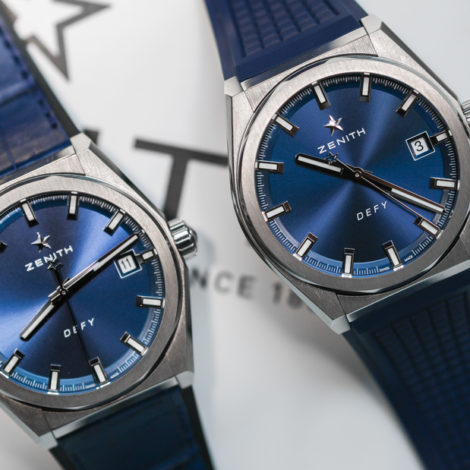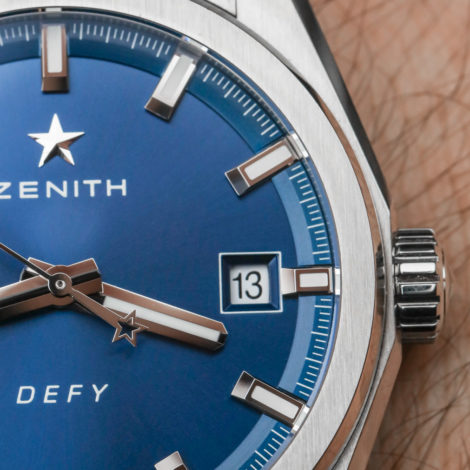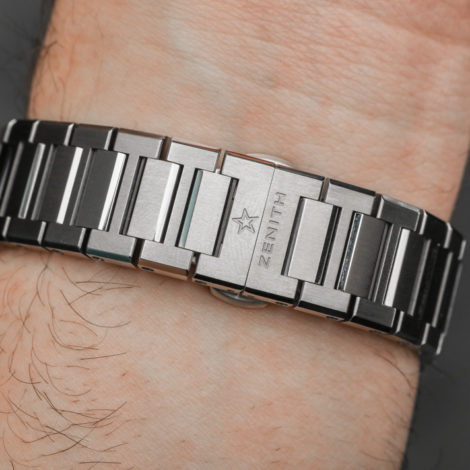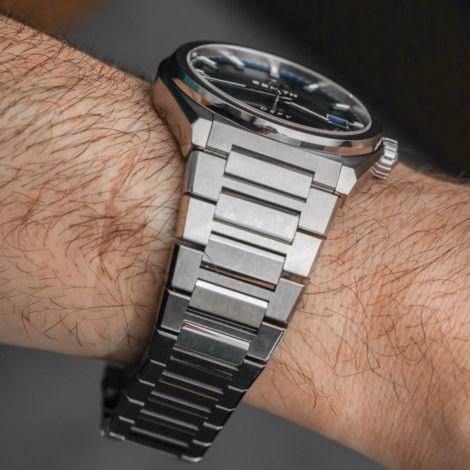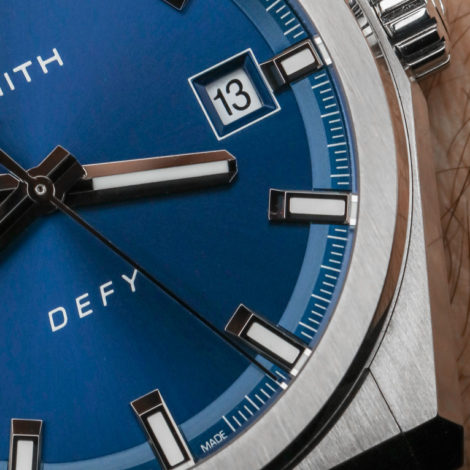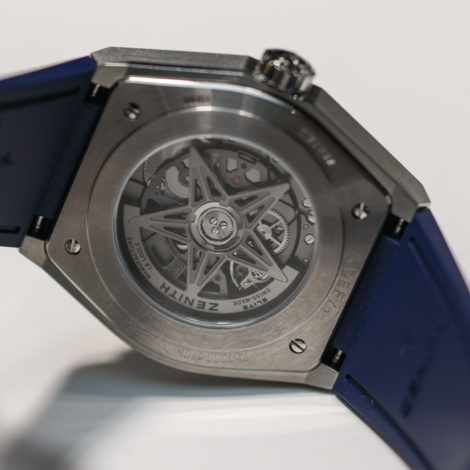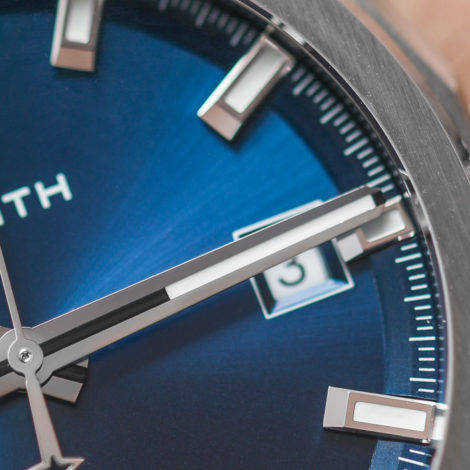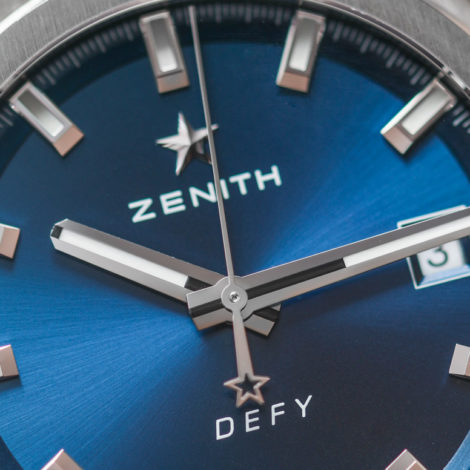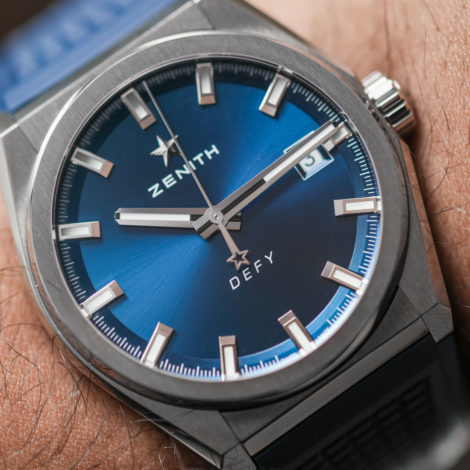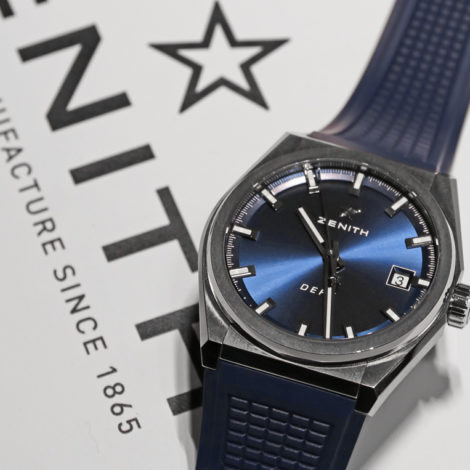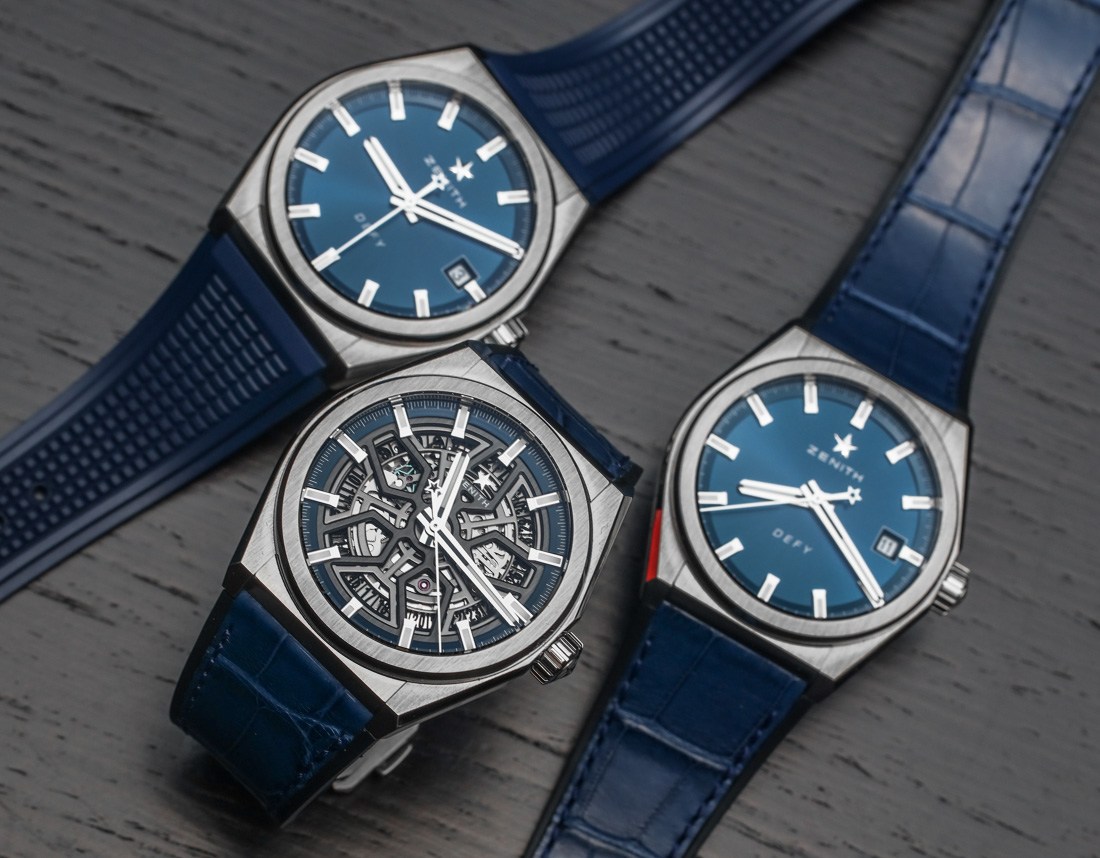
A few months back at Baselworld 2018, Zenith introduced two versions of the Defy Classic, entry-level models of their eponymous Defy range. With Jean-Claude Biver at the helm, Zenith made the wise move to follow up 2017’s innovative and pricey Defy El Primero 21 and Defy Lab with these two versions that are in the mid-five figure range. The simpler model is the sunburst blue dial version while the openworked dial will appeal to someone who appreciated the very Biverian style of the Defy Lab (among others from LVMH brands like Hublot and TAG Heuer). Having handled both of these at Baselworld, I was happy to see Zenith offer something new (and non-El Primero) in this very competitive price range between the $6,000-$8,000 mark.
Both of these models cast a wide net for buyers in this segment, coming in a 41mm wide case that’s done in brushed titanium. Zenith has long been essentially synonymous with chronographs (copious words have been dedicated to the El Primero movement and its role in horological history as being the first automatic chronograph) and to a lesser degree, pilot’s watches. Practically speaking, neither chronographs nor pilot’s watches rank near the top of the list for someone seeking a versatile, everyday luxury watch. So, do these two Defy Classic watches present compelling alternatives in a category densely populated with mainstream peer brands like Rolex, Omega, IWC and brands like Cartier that aren’t direct competition as far as respective products go but definitely often vie for the same demographic?
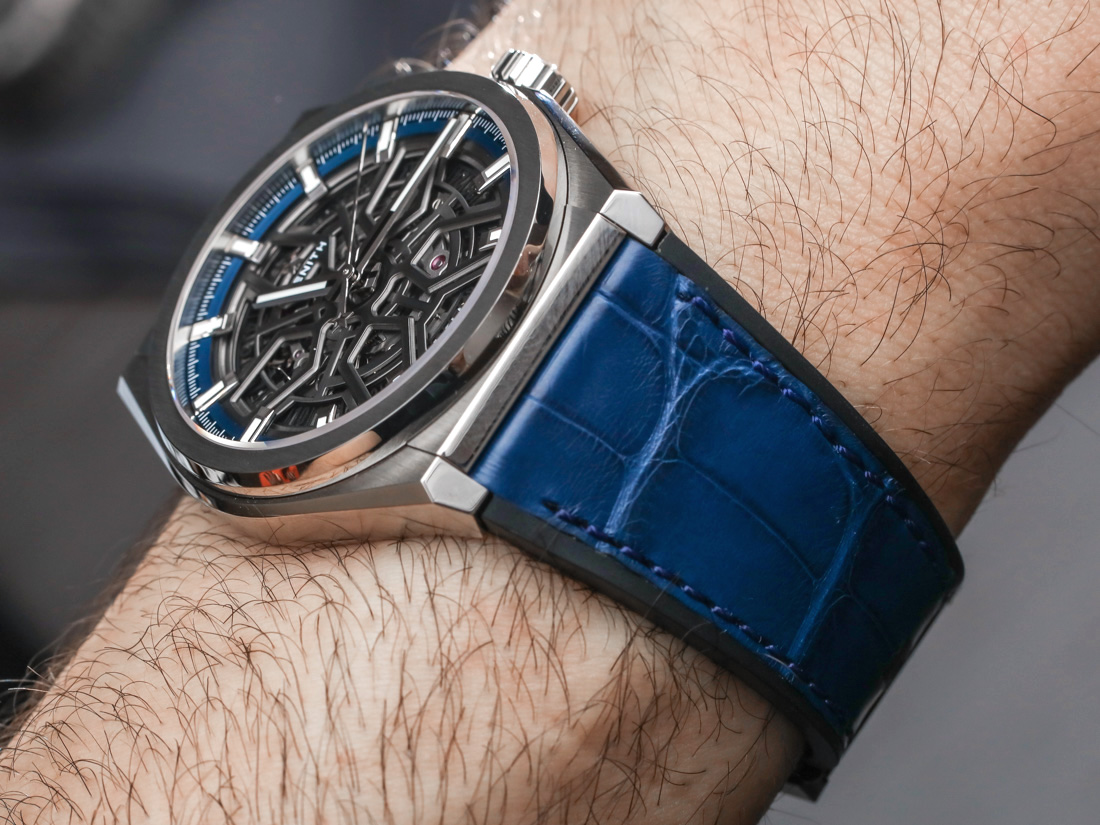
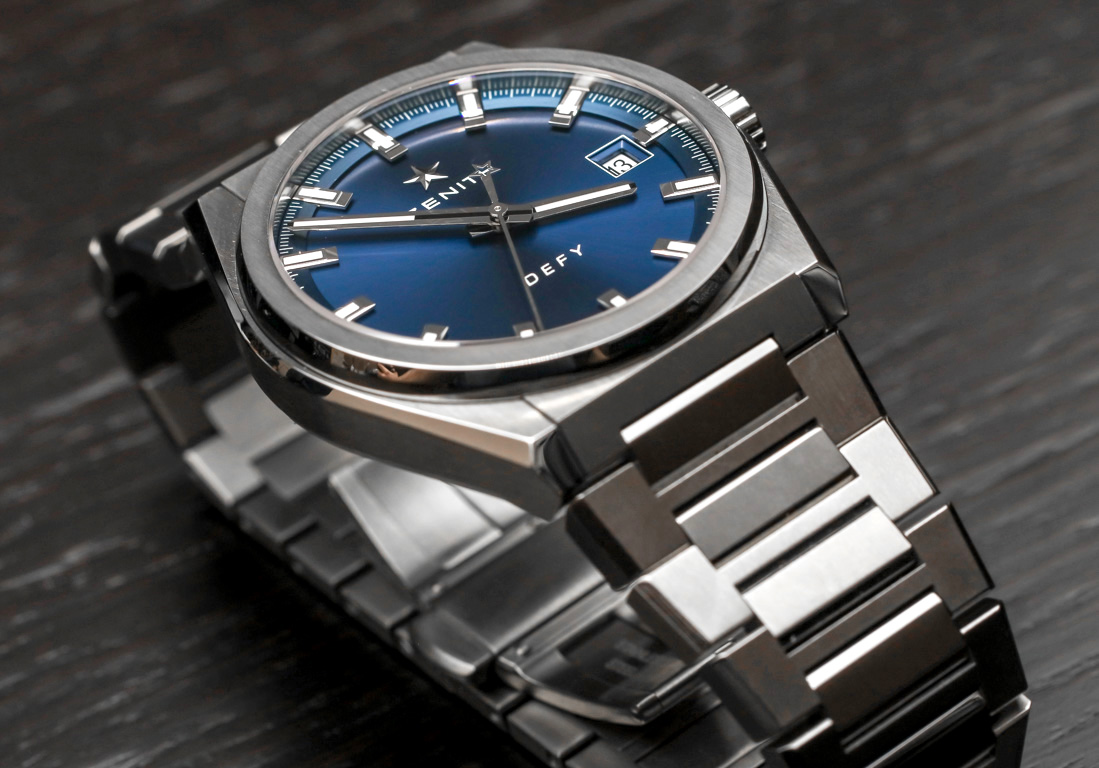
Well, it’s a yes and a no. I think the openworked Defy Classic is going to move a lot of units considering that it just looks like it would cost significantly more than the few hundred dollar premium it carries. Positioned between the Hublot Big Bang and TAG Heuer Carrera Heuer 01 (and newer Carrera Heuer 02), the openworked Defy Classic carries this now-distinct LVMH design language faithfully. Fortunately, the openworked dial keeps everything pretty symmetrical and actually quite legible.
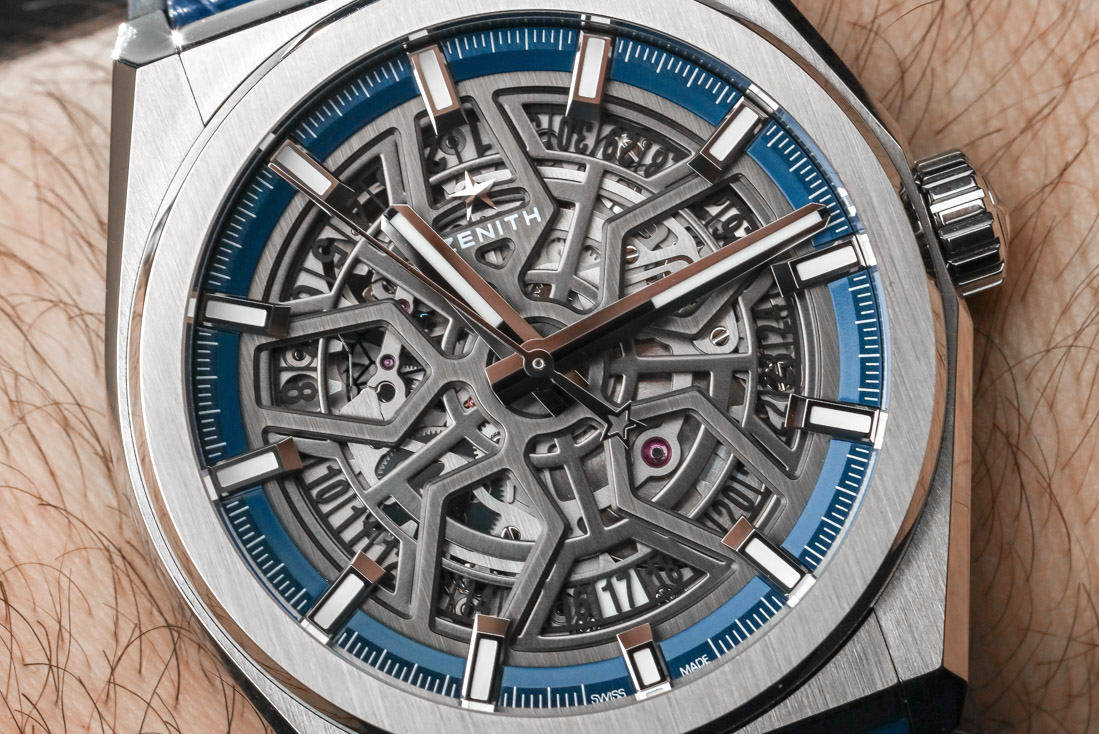
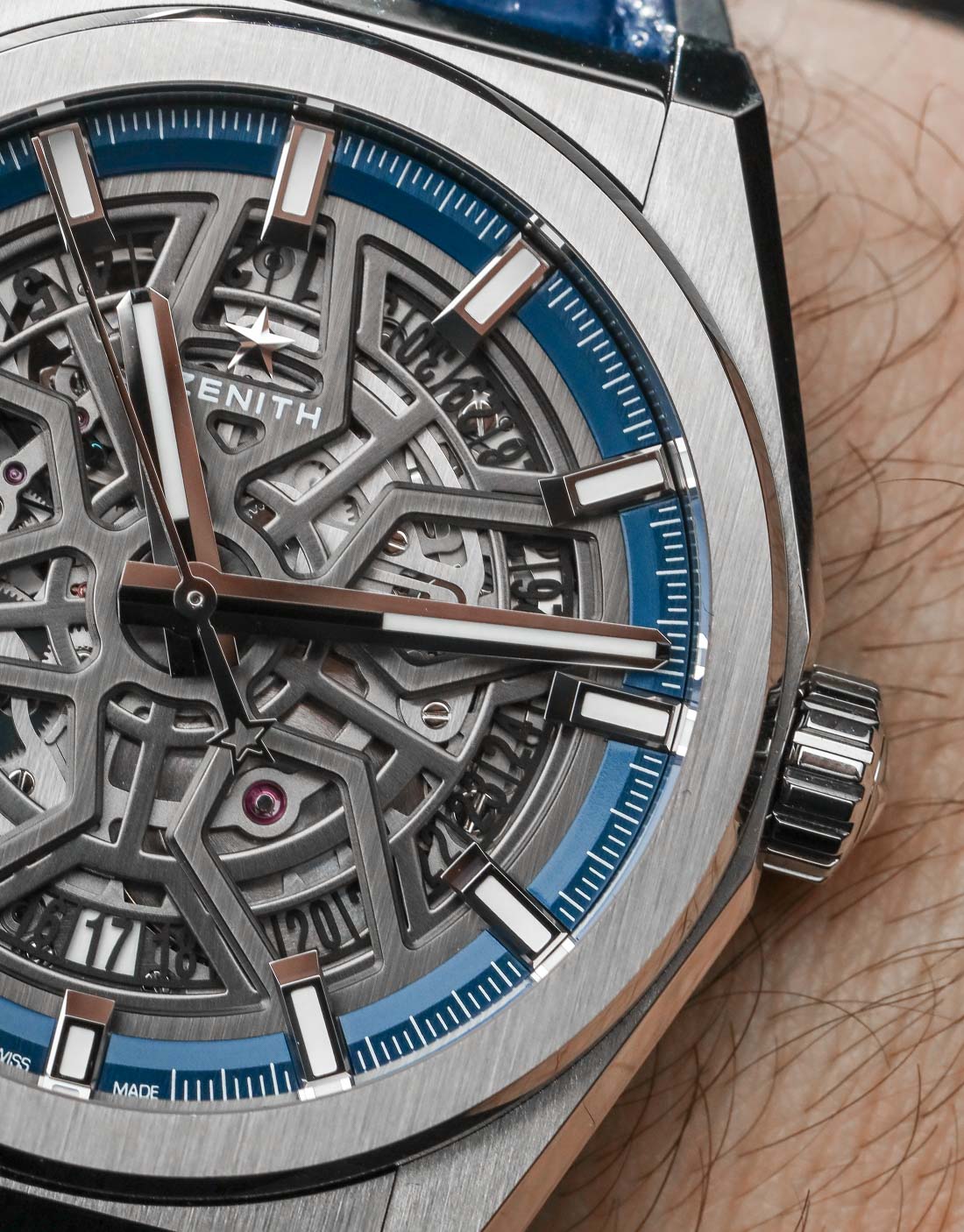
Past the architectural bits on the dial like the five tuning-fork style “bridges” we see the Elite 670 SK movement, that comes in the form of the non-openworked Elite 670 SK for the other Defy Classic watch. Used in some of their Elite and Ultra Thin watches, the Elite 670 movement operates at 28,800 vph and has a 48-hour power reserve. Zenith has also updated this movement to include a silicone lever and escape wheel.
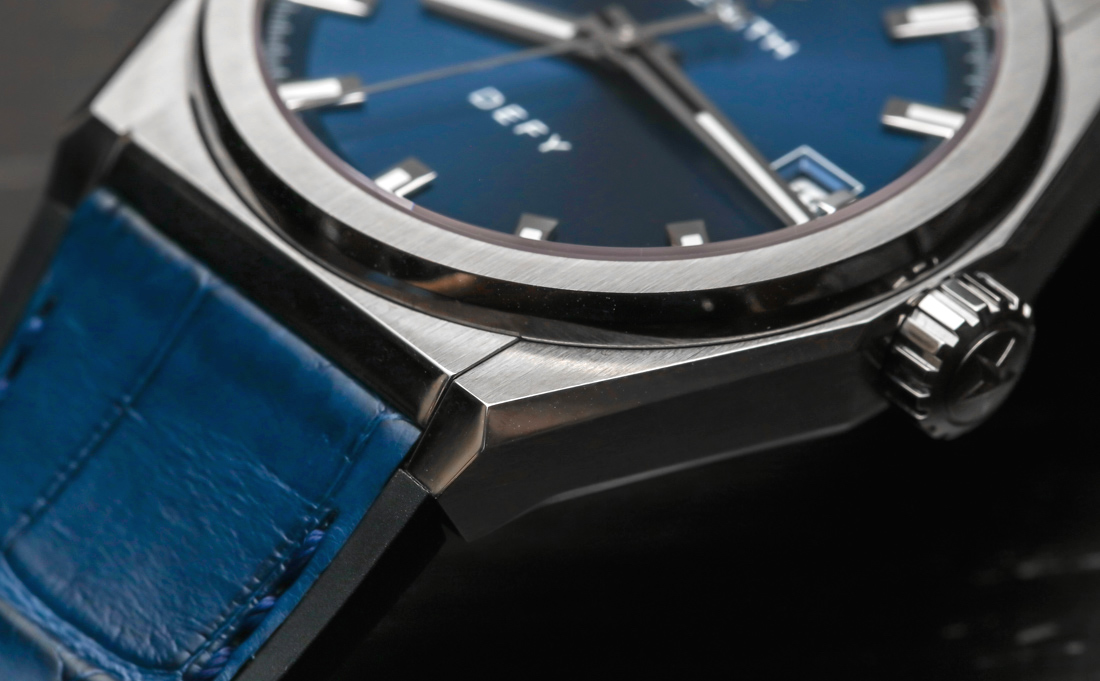
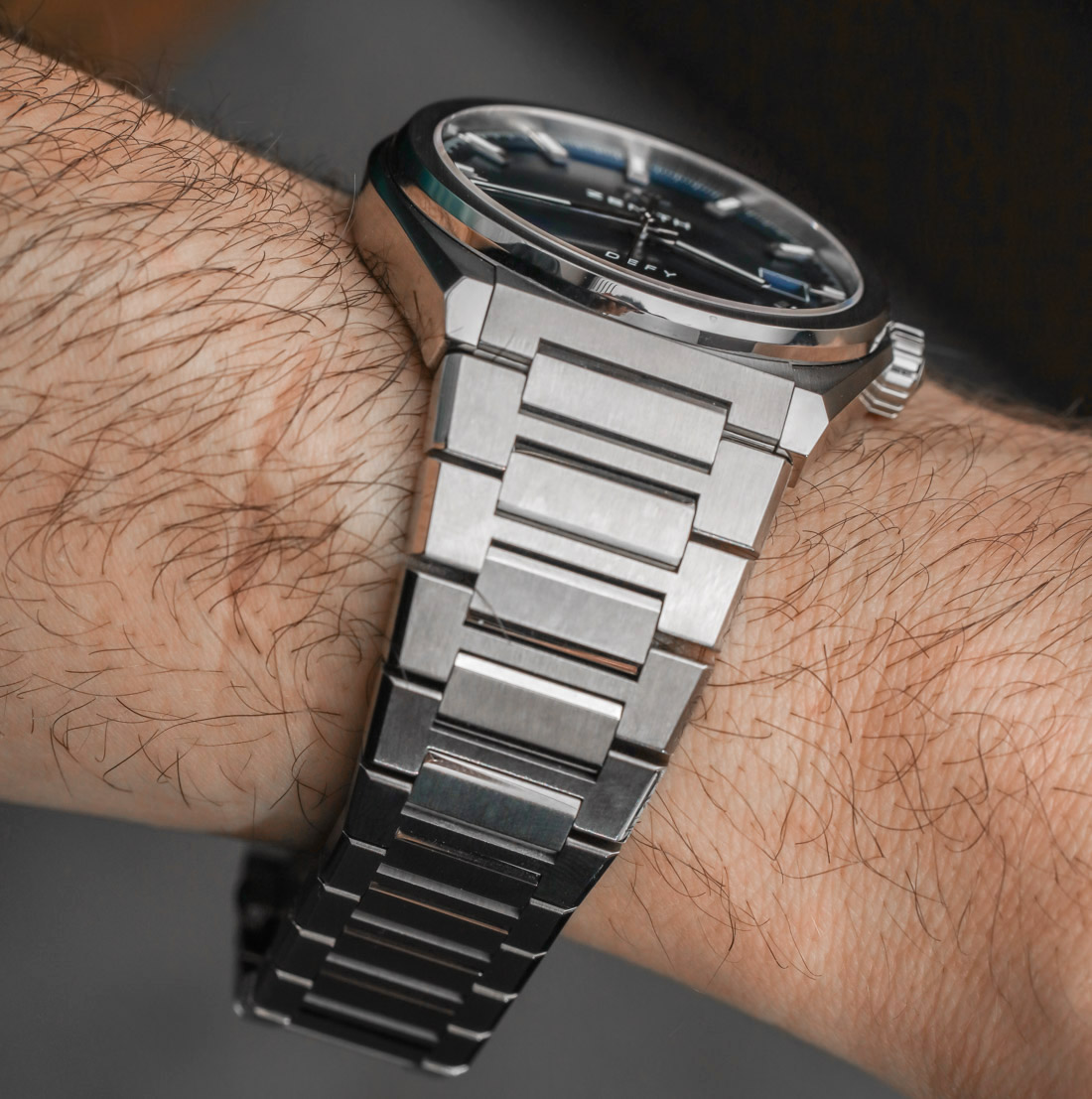
The 3.88mm thickness of the movement allows for what is one of the aspects of the watch I appreciated the most, which is the 10.75mm case thickness. That’s slim and a sports watch like this is benefited from the ability to be versatile in several environments. It also has 100m of water resistance so it can actually be worn outdoors without worry of it getting wet. At this price point, many buyers attracted to the Defy Classic might not have extensive collections and the ability to slip under a sleeve while also being sporty is very appealing.
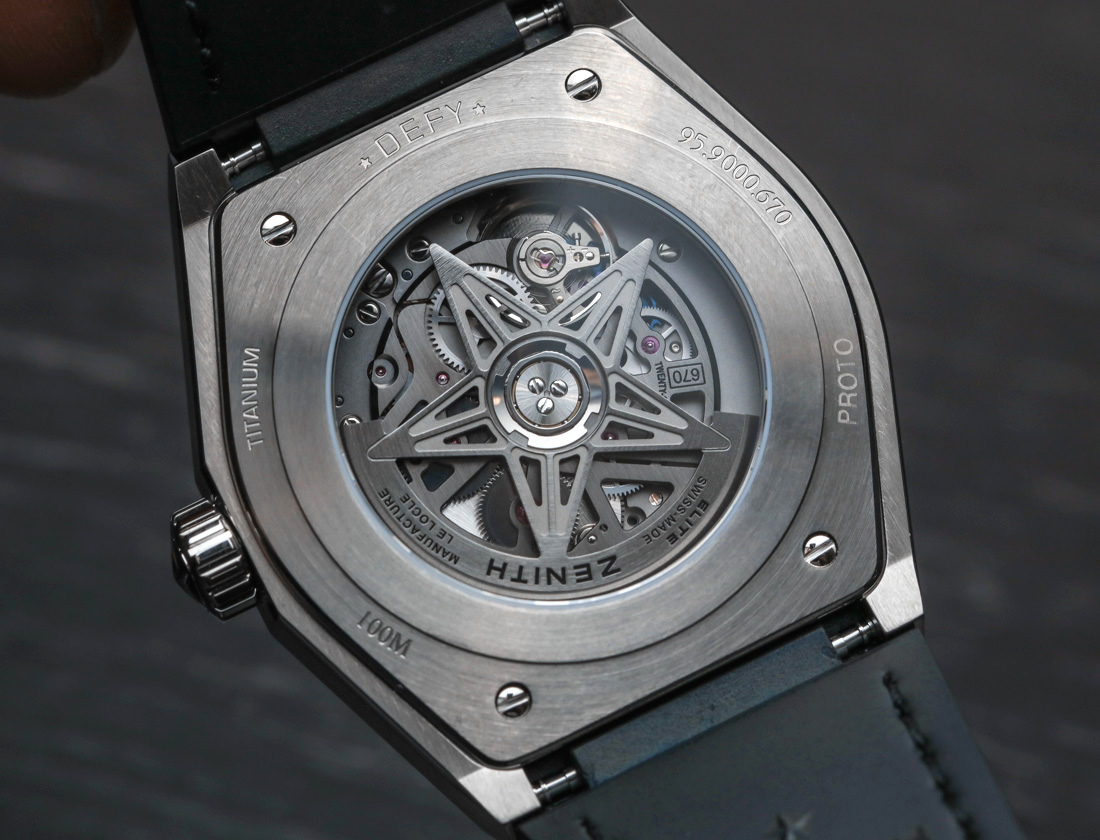
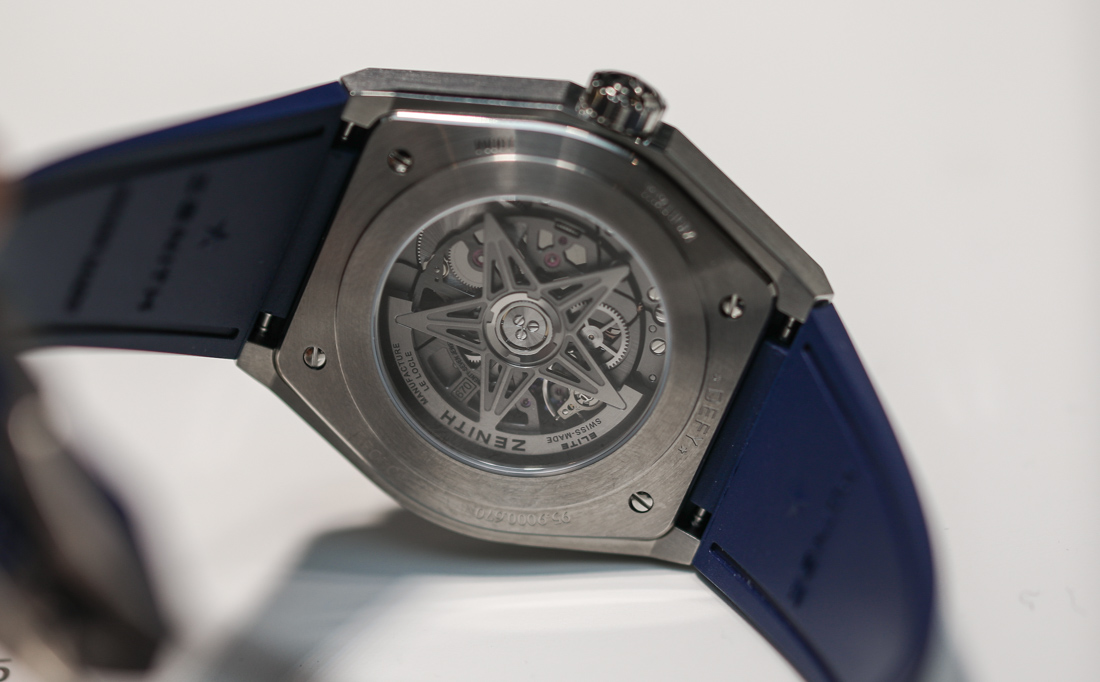
Looking at the exhibition caseback, we can see the now familiar Zenith star at the forefront with a look into the movement behind it. I really like the aesthetic stamp Zenith has put here, and past that there is not much else to say about the caseback. Looking at the two distinct dials however, there are both stylistic and layout differences. The openworked model has the date window at 6 o’clock with a look into the date wheel circumventing the dial. I know these visible date wheels irk some people while others enjoy them which, like many other things, leaves the matter up to one’s taste.
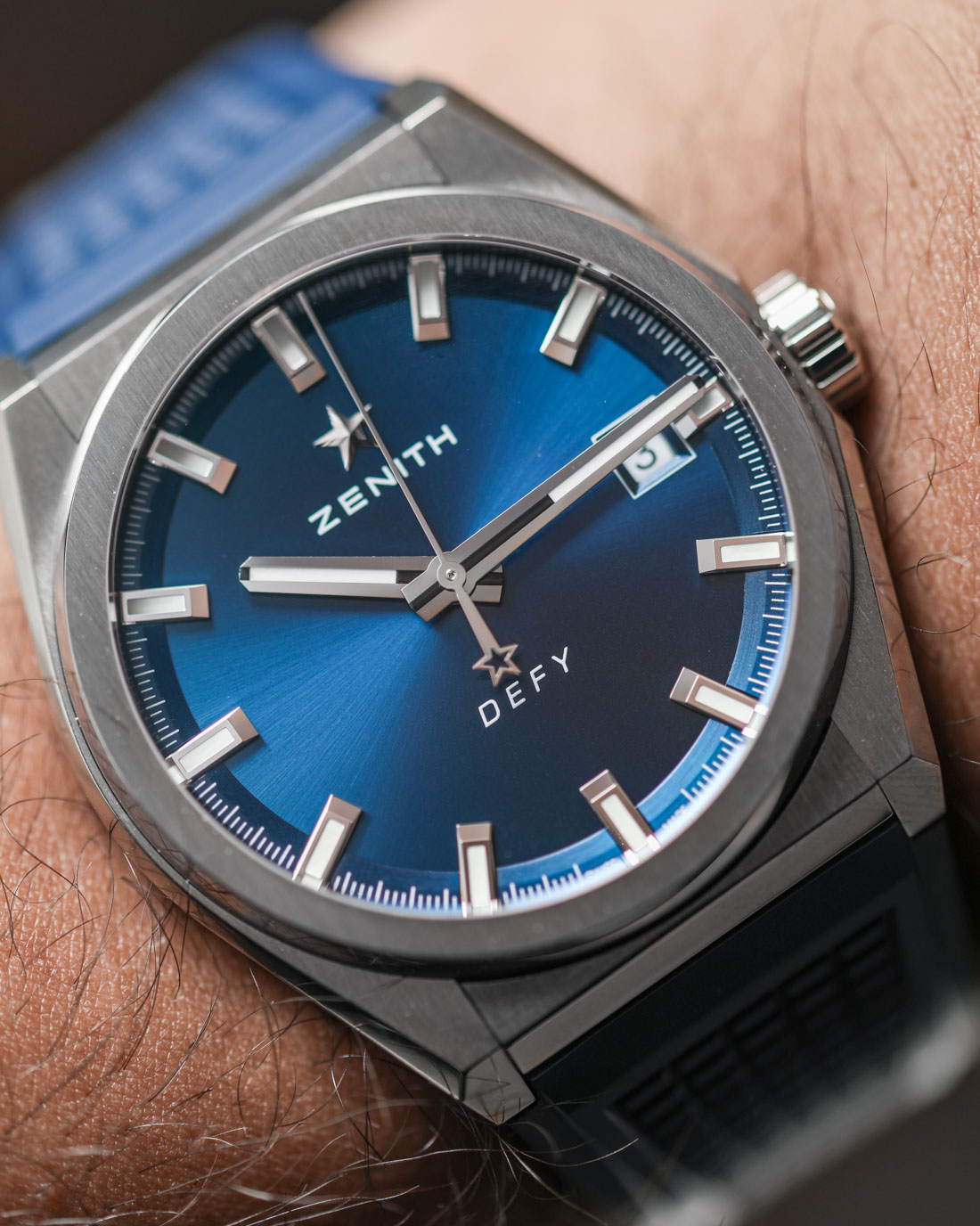
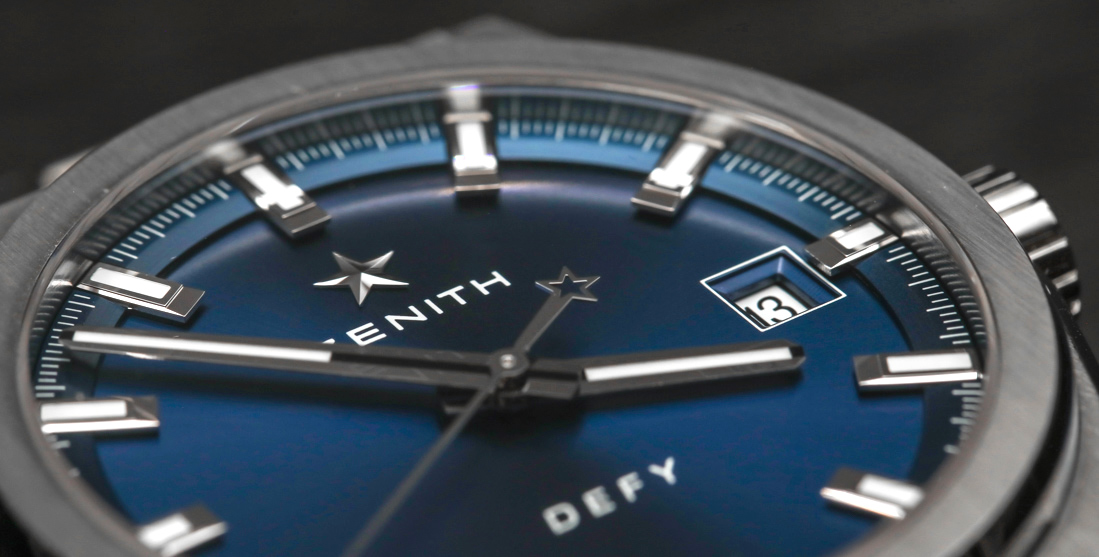
Fortunately for those who like the gist of the Defy Classic but not the overtly modern openworked dial, the sunburst blue traditional model dials the boldness in design down several notches. With the window over at 3 o’clock, this more demure Defy Classic doesn’t have much in the way of frills or flair. A vibrant sunburst blue dial, three hands, and the date window are all about keeping it simple. The minimal dial text just reading “Zenith” and “Defy” underscores this point (though I am really a fan of the Zenith star up here also).
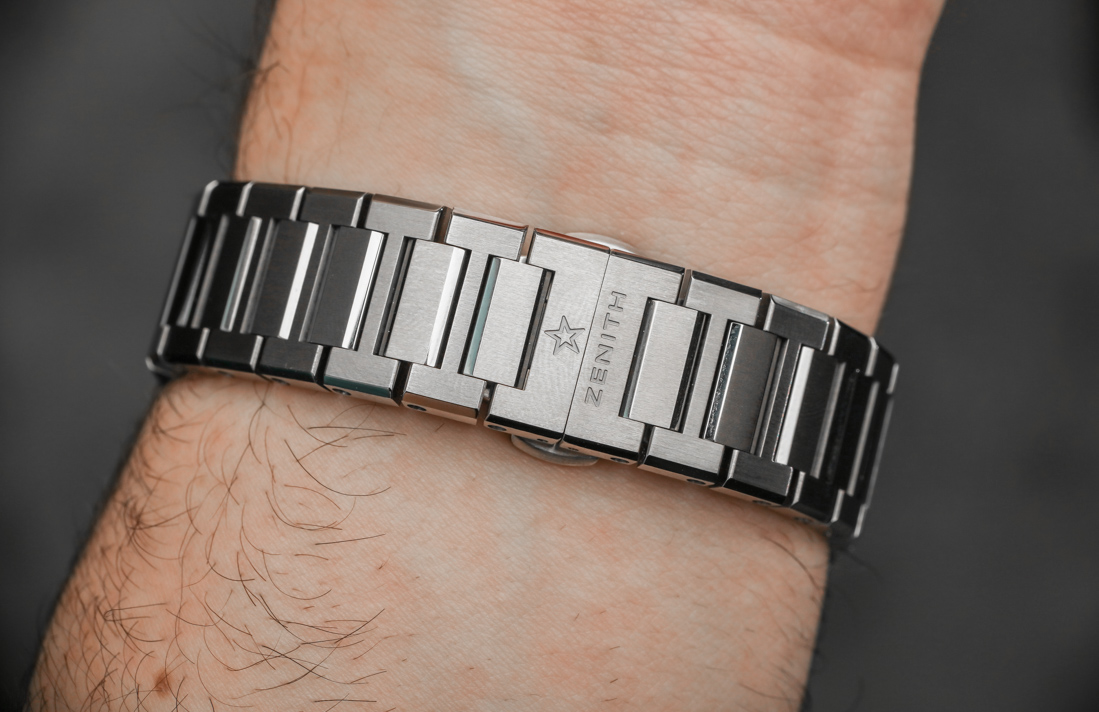
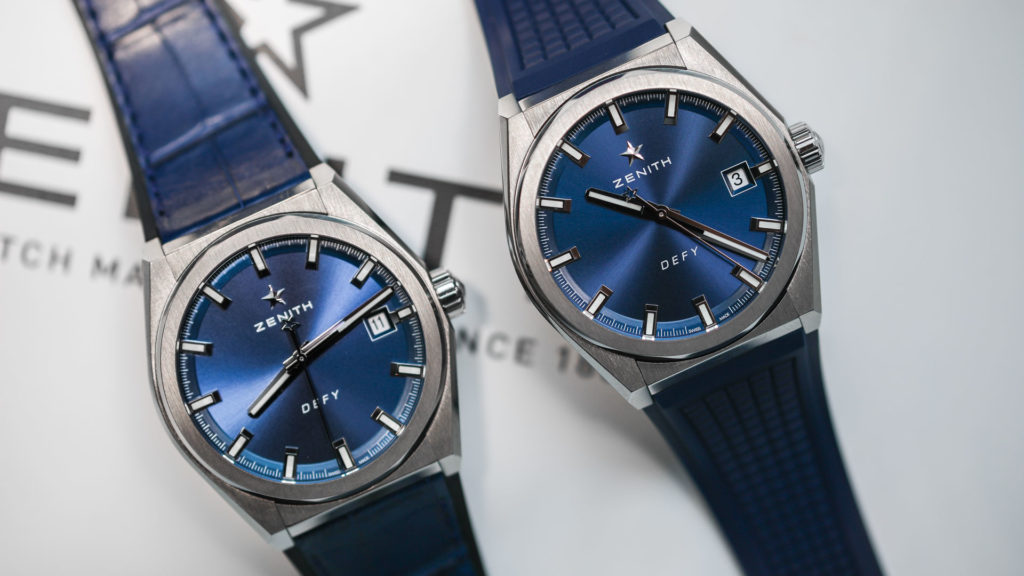
To further narrow down aesthetic tastes, Zenith allows three strap options for either Defy Classic model. The titanium bracelet, rubber strap, and rubber with alligator leather strap options all match the design of the Defy Classic but I have to say I really personally like the bracelet and simple rubber strap much more than the alligator version. The watch is too sporty as well as too much of an everyday wear for me to feel like the alligator makes much sense.
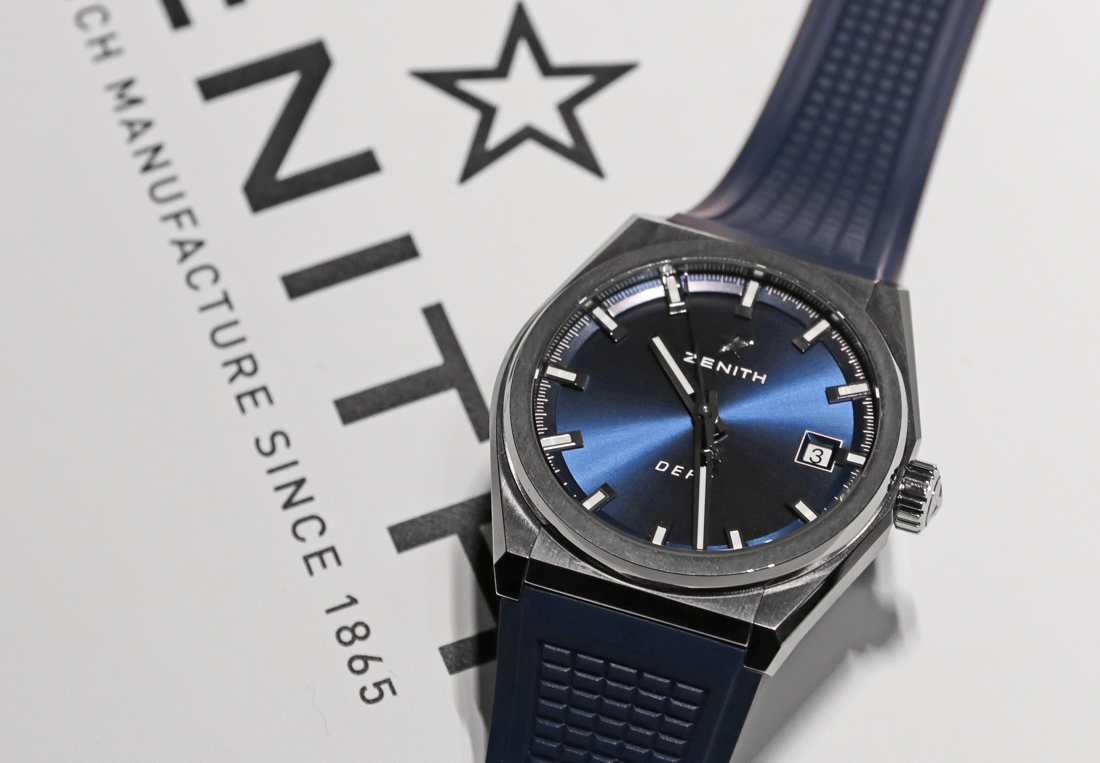

As far as LVMH watches go, it’s Zenith’s time to reach a broader market segment that may have appreciated the brand but never found a watch that matched their lifestyle, looked modern and sporty enough, and could be acquired for under five figures. In this case, well under five figures. The Defy Classic line is a successful achievement in all of these points and for people like me who aren’t the biggest chronograph fans, it’s something to cheer about. The brand and Biver deserve due credit here for understanding what this segment of buyers wants and giving it to them in a bracket that sits comfortably between brands like TAG Heuer and Hublot.
The Zenith Defy Classic blue dial is priced at $5,900 on either of the straps and $6,900 for the full titanium bracelet model. The Defy Classic openworked dial models are slightly more at $6,500 on the strap and $7,500 on the titanium bracelet. zenith-watches.com

